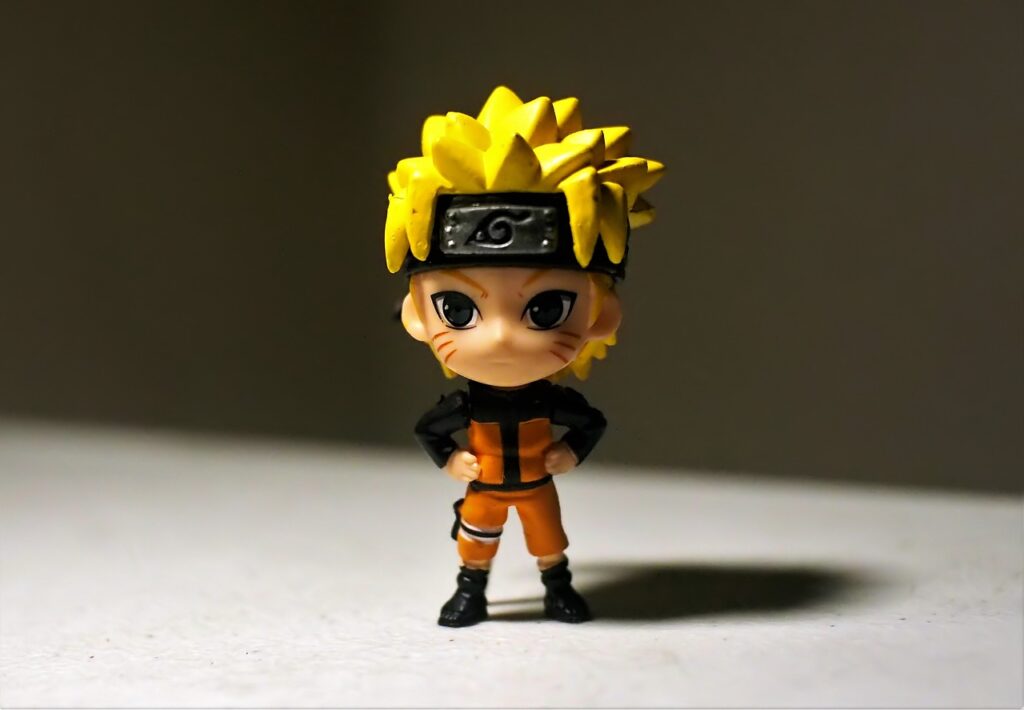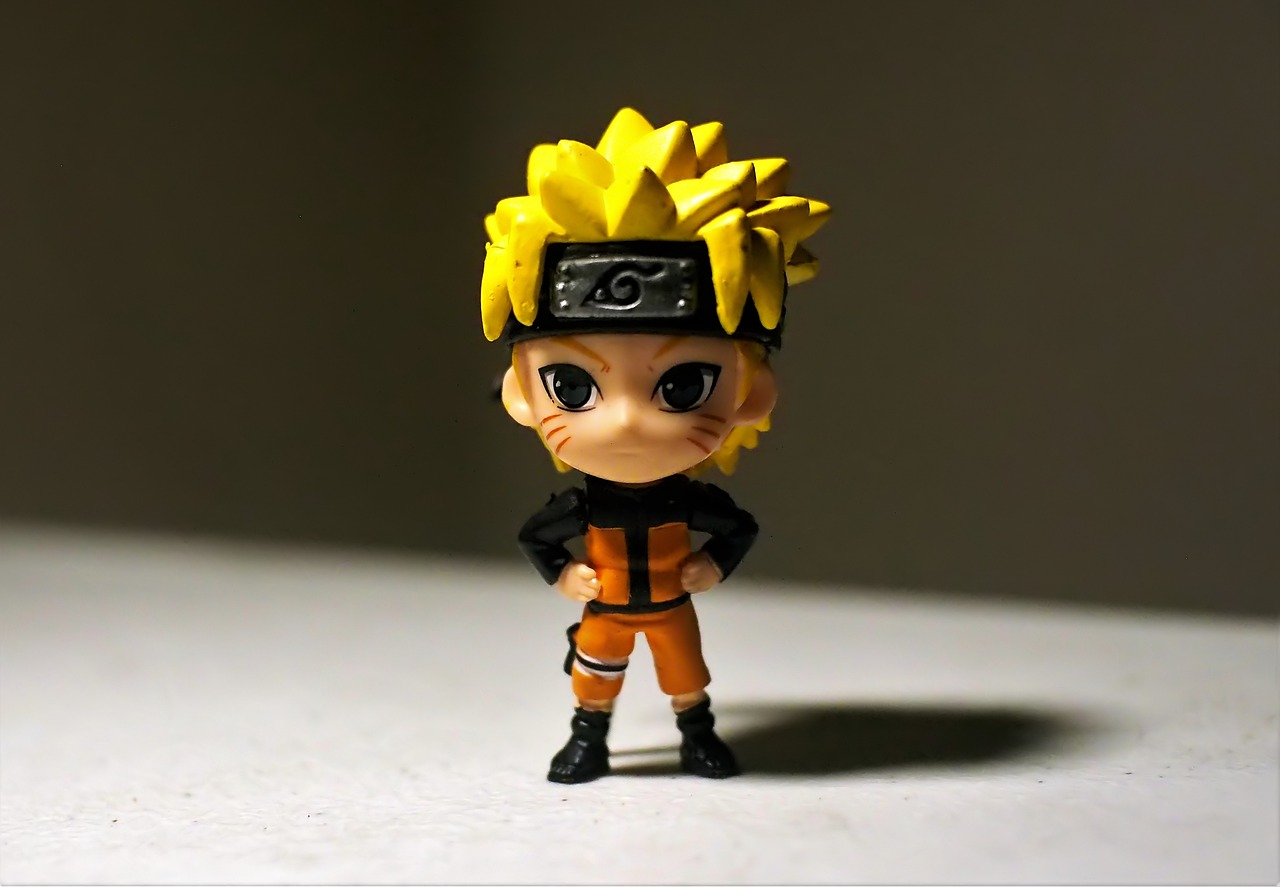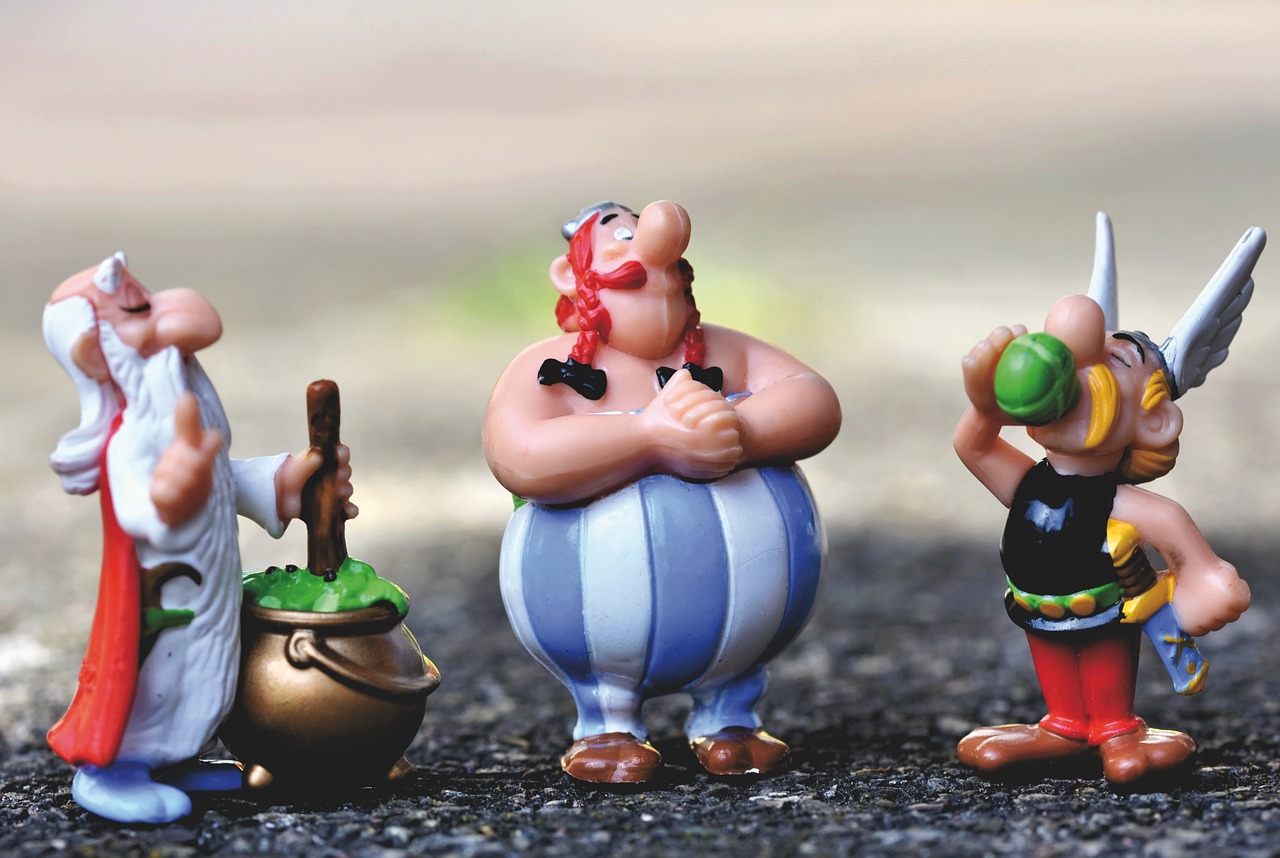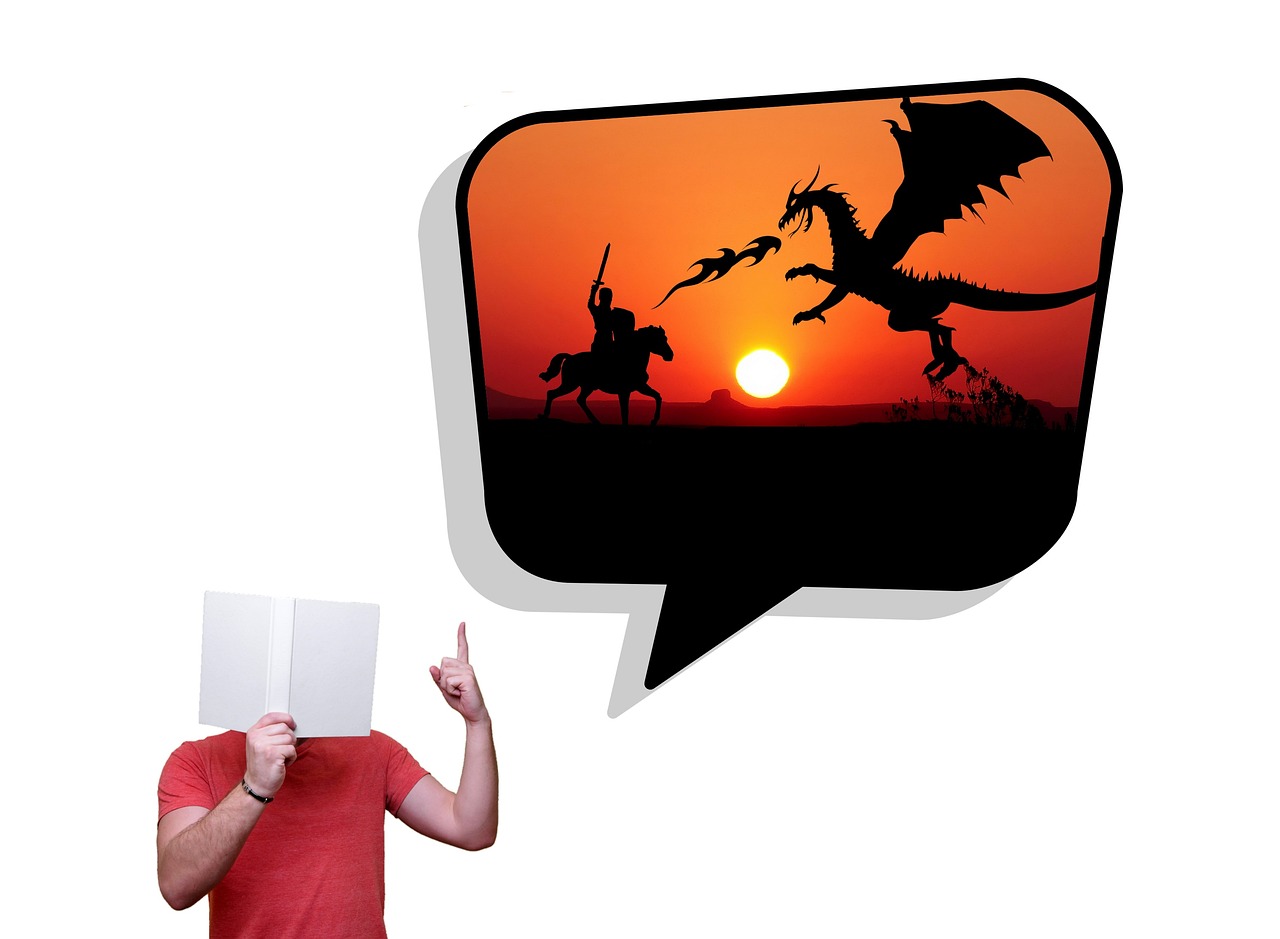Do you ever wonder why some of your favorite animated series look and feel like they could be comic books brought to life? That’s because comics have had a significant influence on the art and storytelling of animation throughout history.
From character archetypes to visual styles and storytelling techniques, the relationship between comics and animation has continued to evolve and shape the way we consume animated content.
For many decades, comics provided inspiration and ideas for animators looking to create new and exciting characters and stories. As the two mediums continued to grow in popularity, they began to influence each other in more profound ways, leading to some of the most iconic and beloved animated series of all time.
In this article, we’ll take a closer look at the ways in which comics have influenced animation and how this relationship has impacted the modern animated landscape.
Character Archetypes in Comics and Cartoons
You’re probably familiar with the classic character archetypes that show up in your favorite comics and cartoons, like the hero, the sidekick, and the villain. These archetypes have been around for centuries and have evolved over time to fit the needs of the story.
One of the most popular archetypes is the hero’s journey, which involves a protagonist who goes on a quest and overcomes obstacles to achieve their goal. This archetype is often used in superhero comics and cartoons, where the hero must save the day and defeat the villain.
Speaking of villains, there are also classic villain stereotypes that show up in comics and cartoons. These include the power-hungry dictator, the mad scientist, and the evil mastermind. However, in recent years, there has been a shift towards more nuanced and complex villains, who have their own motivations and backstories.
Additionally, gender representation and comedic relief have become important factors in the portrayal of characters in comics and cartoons. Female characters are no longer relegated to the role of damsel in distress or love interest, and comedic relief characters can be just as important to the story as the hero or villain.
Overall, character archetypes have played a significant role in shaping the world of comics and cartoons, and will continue to do so for years to come.
Visual Style in Comics and Animated Series
The use of bold lines and exaggerated features in both comics and animated shows creates a visually dynamic experience for the viewer. Comics utilize panel layout to tell a story through still images, while animated shows are able to translate these still images into motion. The use of color is also an important aspect in both mediums, as it can convey mood and emotion.
In comics, panel layout is crucial in conveying the story. The placement of images and the size of each panel can affect the pacing and flow of the story. Bold lines and exaggerated features help to emphasize certain aspects of the story or character, making them more memorable to the reader.
Similarly, in animated shows, the use of bold lines and exaggerated features can help to create a distinctive visual style and make characters more recognizable. The use of color is also a key component in both comics and animated shows, and can be used to enhance the mood or tone of the story.
Overall, the visual style in comics and animated shows is an integral part of the storytelling process.
Storytelling Techniques in Comics and Cartoons
Using creative panel layouts and dynamic camera angles, comics and cartoons are able to convey complex stories and emotions in a visually compelling way. Narrative structure plays a crucial role in storytelling in both mediums.
Comics often use panels to break up the story into smaller, digestible chunks, while cartoons utilize scene transitions and camera movements to guide the viewer’s attention. Both employ the use of pacing and timing to build tension and suspense, as well as to deliver an emotional punch at the climax of the story.
In addition to narrative structure, the use of humor is also a common storytelling technique in comics and cartoons. Humor can act as a tool to alleviate tension or convey character traits. Cartoons often use exaggerated facial expressions and slapstick comedy to elicit laughter, while comics rely on witty dialogue and visual gags.
The use of humor can also provide a sense of lightness in an otherwise serious story, making it more accessible to a wider audience. Overall, storytelling techniques in comics and cartoons are essential in creating a compelling and engaging narrative.
Evolution of the Relationship between Comics and Animation
As a fan of visual storytelling, you’ll be fascinated to know how the history of collaboration between comics and animation has shaped the way we view and appreciate these two forms of art.
The relationship between comics and animation started decades ago when animation studios began adapting comic book characters into animated series. This cross-medium adaptation quickly gained popularity, leading to the creation of iconic animated shows such as Batman: The Animated Series, Teenage Mutant Ninja Turtles, and X-Men.
The evolution of this relationship has been marked by a greater level of mutual respect and collaboration between comic book writers and animators. This has led to a more seamless transition from page to screen, with animators taking inspiration from the visual style and storytelling techniques of comics to create animated series that capture the essence of the original comic book.
This has resulted in a richer and more complex visual storytelling experience for fans, and has helped to solidify the importance of both mediums in our culture.
Impact of Comics on Modern Animated Series
Get ready to explore how comics have shaped the modern world of animated entertainment, elevating the medium to new heights of creativity and imagination.
In today’s animated series, the cultural significance of comics is impossible to ignore. From the iconic superhero franchises of Marvel and DC Comics to the underground alternative comics of the ’90s, the influence of comics on modern animation is evident in every frame.
The unique visual language of comics has inspired animators to experiment with different styles and techniques, resulting in a diverse range of animated series that appeal to audiences of all ages and interests.
Moreover, comics have provided a wealth of creative inspiration for animated series. Many popular animated shows have been adapted from comic book series, including The Walking Dead, The Umbrella Academy, and Watchmen.
Comics have also served as a source of inspiration for original animated series, such as Adventure Time, Steven Universe, and The Boondocks. By drawing from the rich history of comics, animators have been able to create complex narratives and characters that resonate with audiences on a deep level.

Overall, the impact of comics on modern animated series cannot be overstated, and their continued influence is sure to shape the future of the medium.
Frequently Asked Questions
How do comics and animated series influence mainstream media beyond the entertainment industry?
When it comes to marketing tactics, comics and animated series have a strong influence beyond entertainment. By catering to the audience reception, they can shape public perception, inspire memes, and even inform political discourse.
What is the process for adapting a comic book into an animated series?
To adapt a comic book into an animated series, you’ll need to choose animation techniques that best suit the story’s style and tone. Keep audience engagement in mind by staying true to the source material while also making necessary changes for the new medium.
How do cultural and societal shifts impact the representation of characters in comics and animated series?
You need to consider diversity representation and gender roles in comics and animated series, as cultural and societal shifts can impact how characters are portrayed. These changes are important to reflect the world we live in.
What role does technology play in the evolution of comics and animation?
Virtual reality and 3D printing have revolutionized the way comics and animation are created, allowing for more immersive experiences and lifelike characters. You can now explore entire worlds and interact with characters in ways never before possible.
How do fan communities influence the creation and development of comics and animated series?
As a fan, your involvement can greatly influence the creation and development of comics and animated series. Your feedback and support give creators creative freedom, allowing them to take risks and push boundaries.
Conclusion
Congratulations! You’ve reached the end of this article on the influence of comics on animation and cartoon series.
Hopefully, you’ve gained some insight into the character archetypes, visual style, and storytelling techniques that are often shared between these two mediums.
As you’ve learned, the relationship between comics and animation has evolved over time, with each influencing the other in various ways. Comics have provided a rich source of material for animators to adapt, while animation has helped to bring comics to a wider audience.
Today, the impact of comics on modern animated series is undeniable. From superhero shows to children’s cartoons, comics continue to shape the way we tell stories through animation.
So, whether you’re a fan of comics or animation, it’s clear that these two mediums will continue to inspire and influence each other for years to come.










